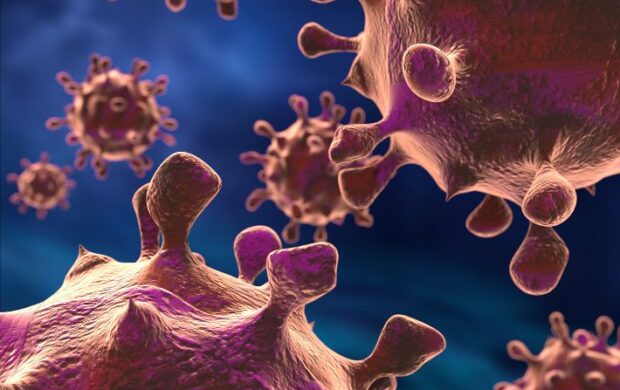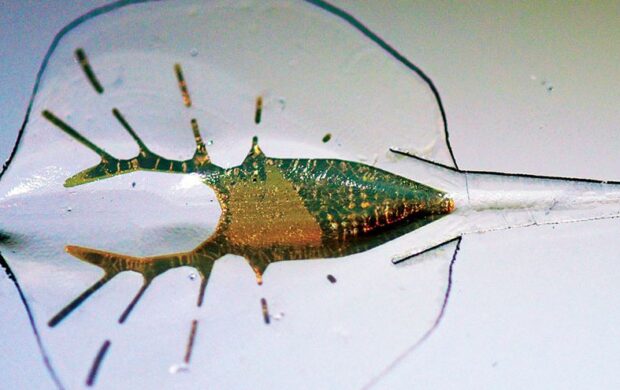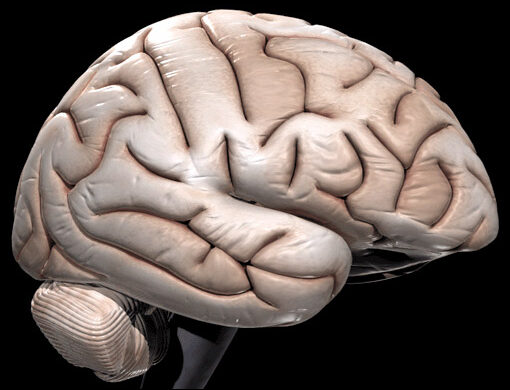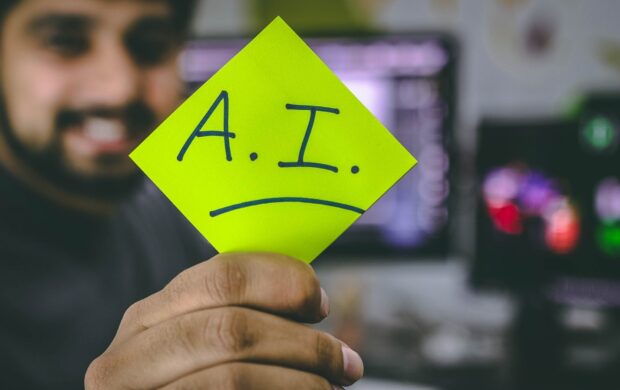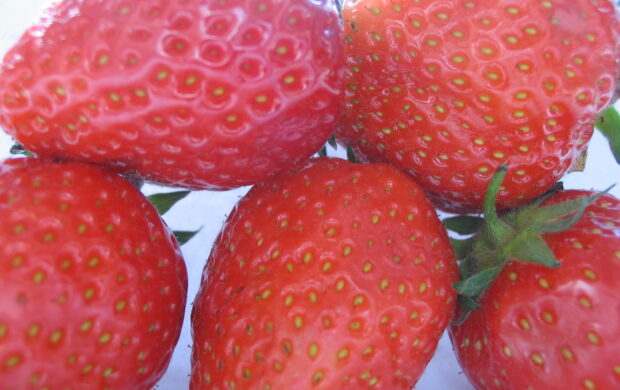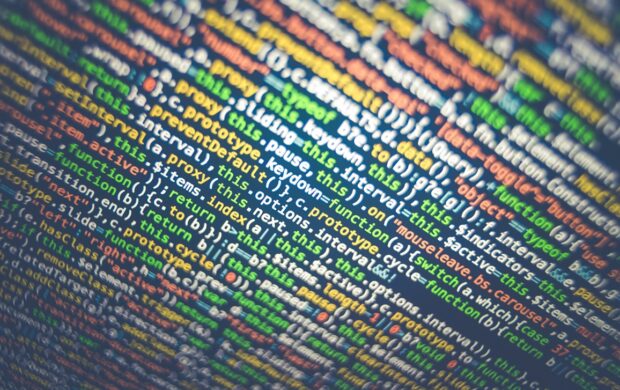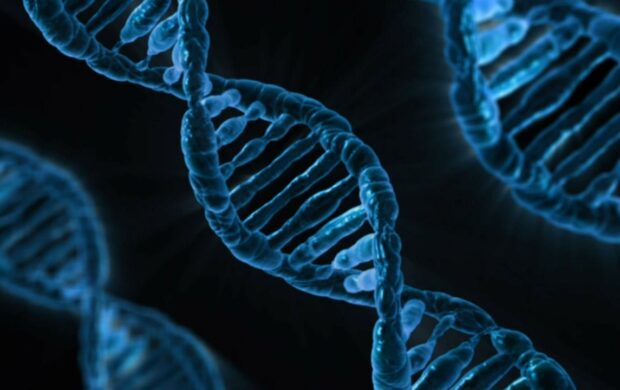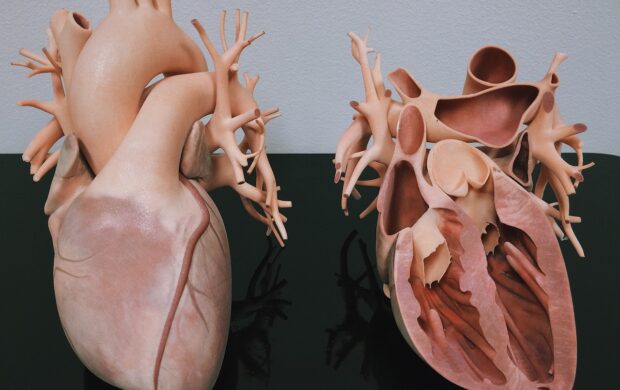Thriving microbes with partially synthetic DNA have been created at the Scripps Research Institute in California. Unlike natural organisms which have DNA code made up from four letters (G, T, C and A), these genetically modified bacteria have DNA code with six letters, two of which are wholly synthetic and known as X and Y. The researchers describe the modified microbes as a starting point for efforts to “create organisms with wholly unnatural attributes and traits not found elsewhere in nature.” The cells constitute a “stable form of semi-synthetic life” and “lay the foundation for achieving the central goal of synthetic biology: the creation of new life-forms and functions”. The aim of this particular research is to create programmable microbes that can generate new proteins for use as drugs or new materials.
First organisms with synthetic DNA become viable
Details
- Topic: Science
- Other Tags: ScienceSpeciesSynthetic BiologyTechnology
